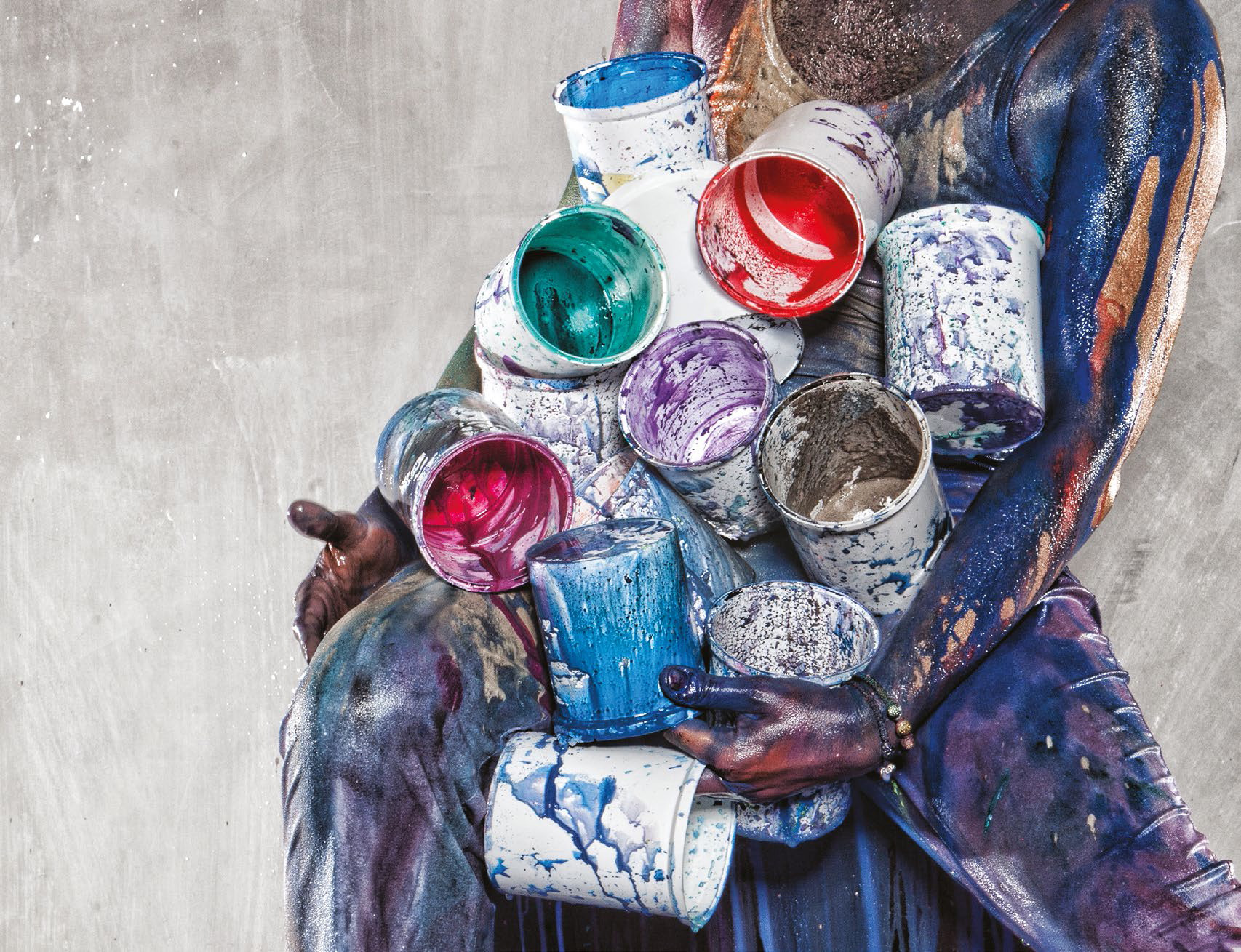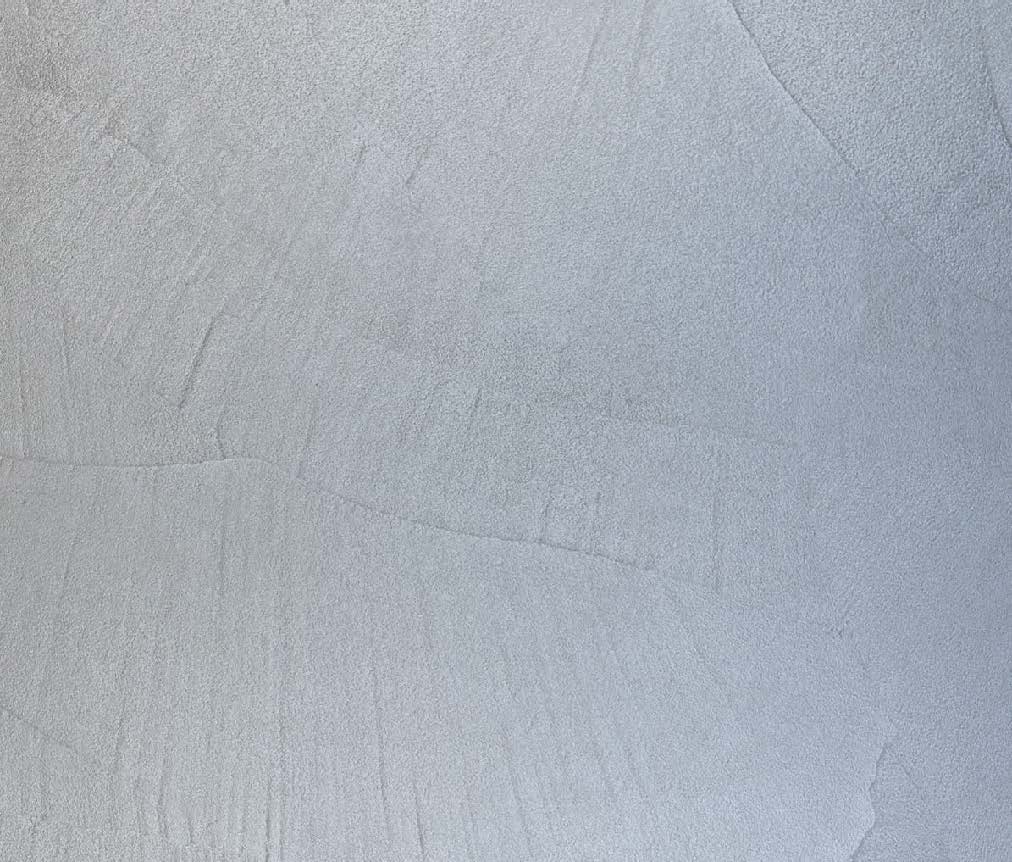


Since its inception, Cement Design focuses its efforts on creating universes according to the client’s taste. The range of Cement Design colours covers unexpected limits. Its colour chart exceeds 120 references, which can be mixed together to achieve any imaginable colour, to which 322 outdoor NCS colours and 980 indoor NCS colours have been added.
The NCS colour chart offered by Cement Design for outdoor surfaces has 322 references. These colours maintain their stability by elegantly covering facades and other outdoor supports.
The colours provide dynamism, personalize the atmosphere and create the desired environment. The Cement Design NCS indoor colour chart offers a total of 980 shades to achieve this goal, adapting to any decorative style.
There are several textures (see Types of Microcement) and varnishes that distinguish the final appearance and finish of our microcement. Since microcement is a porous material, a sealant must be applied to make it impermeable and protect it from dirt. Topciment offers 3 types of finishes in sealants:
In response to a constant research and development task, Cement Design adds to its collections of products an innovative range of finishes and metallic glazes, capable of providing an extraordinary characteristics and effects to all the coatings assortment.

Silver is a metal known and appreciated since Ancient times. Associated to power and refined luxury, silver is also a classic in the history of decoration and usual complement in reputable architectural works.

Gold, precious metal with splendorous yellow colour, has captivated humans since Prehistoric times, always being linked to wealth. Used for thousands of years to make jewellery and coins, it has remained associated to wealth and power.
No, our pigments behave in a stable fashion, without suffering alterations over time, weathering well the sun and the elements.
The pigments used to make our colours are of a mineral origin. It is possible to distinguish those of mineral origin and those of organic origin. The pigments of mineral origin, behave best when faced with the cement´s alkalinity. Organic pigments (molecules containing carbon), are less stable and when weathered end up being transformed into other compounds without a pigmentary attribute, or they migrate to the surface; consequently, over time initial tones disappear almost completely. Inorganic pigments generally maintain stability in mortars and concretes.
The application of microcement is craftwork, factors such as the loading of the material, or the roller used during sealing, may cause small differences in brightness between the sample and the work. The finishes in the catalogue images are sealed with a roller, however, if the sealing is done with a paintgun a little more shine may be achieved.
Yes, you can combine the different microcement colours even when finished on the same surface; the key is to carefully delimit the surface to receive a further colour